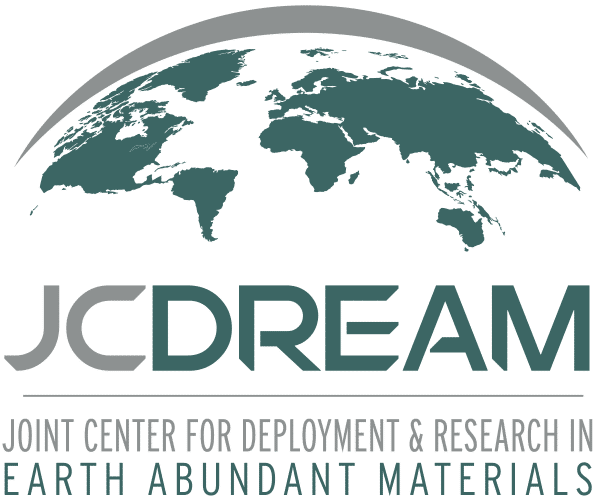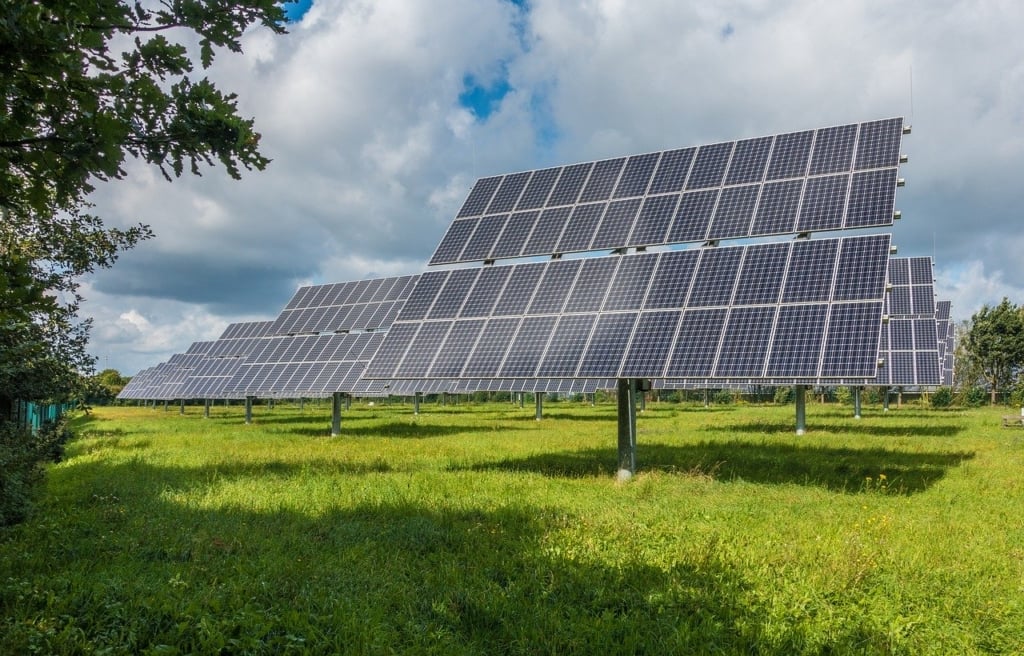Clean Energy Challenges & the Need for Earth-Abundant Alternatives

With offices closed and commuters working from home, COVID-19 has caused a major dip in the demand for energy. As a result, electricity and oil prices have plummeted along with demand. As the pandemic has drawn on, both traditional utilities and clean energy companies are being forced to adapt.
In the last several weeks, the tide seems to be shifting in favor of renewable energy sources. With lower demand for energy overall, 2020 has seen a disproportionate shift away from coal as an electricity source and increased market share for renewables.
The decline of coal and fossil fuels as sources of electricity for the grid is not just a symptom of the pandemic; it has been happening for years and is unlikely to recover. “Technological innovation and policy support are driving peak fossil fuel demand in sector after sector and country after country, and the COVID-19 pandemic has accelerated this. We may now have seen peak fossil fuel demand as a whole,” says Kingsmill Bond, Carbon Tracker energy strategist and report author.
Coal plants are being shut down and decommissioned earlier than planned in efforts to reduce operating costs for utility companies. Again, this is not just a response to pandemic-related challenges; research has shown that by 2025 86% of the U.S. coal fleet will be more expensive to run than local wind and solar generation as replacements. In recent years, renewables have dipped below the cost of installing natural gas on the grid. Even when paired with storage which is still considered too expensive, renewables plus battery storage can out price natural gas for sub-four hour duration – potentially obsolescing natural gas peaker plants that are used to help meet short term demand spikes.
COVID-19 has expedited the impending tumble of the American fossil fuel industry that has been heavily leveraged and subsidized. With low demand and no leverage, the US is unable to keep its fossil fuel companies solvent and compete with other countries. In order to achieve energy independence or energy dominance, the US must lean into renewables.
Early in the pandemic, much of the clean energy sector faced the grim outlook of a market that wouldn’t bear any higher-cost renewables. The continued financial hardship brought on by COVID-19 still poses a significant challenge for clean energy; over 620,000 clean energy workers have lost their jobs since the start of the pandemic. Even so, renewable energy sources are expected to add nearly 50 times more net new capacity than natural gas, coal, oil, and nuclear power combined in the next 3 years.
We must look at the full picture of sustainability as we transition the grid toward renewable energy sources. This economic shift is a major opportunity to make the true sustainability of renewables a priority. There are several underlying issues we must address when planning for the future of renewables: materials, supply chains, and lifecycles. What materials are being used to create these energy sources? Are their supply chains sustainable and ethical? What is the lifecycle of the renewable energy source and what happens to it when it is retired?
Many renewable energy sources already have answers to some of these questions, but not solutions to the challenges they pose. For example, wind turbines contain rare earth elements in their generators. The supply chain of these elements is not particularly sustainable. In addition, wind turbine blades are not recyclable, leaving thousands of tons of waste to be buried when a turbine is retired and requiring virgin materials for each new build.
Solar panels also come with unique challenges; most panels contain critical materials, they are difficult to separate for recycling, and the US hasn’t implemented wide-scale recycling programs for their components. Washington is leading the way for solar panel recycling thanks to the vision of Rep. Norma Smith and Rep. Jeff Morris. In 2016, the House passed trailblazing legislation co-sponsored by these state representatives requiring manufacturers to collect their panels at the end of their useful life for recycling. This is an excellent step forward for Washington, but more needs to be done to manage the mass of panels headed for the waste stream nationwide.
Currently, only 30-40% of the US’s energy demand can be met through renewables like solar and wind due to their dependency on the weather. The future of renewable energy sources for the grid is highly dependent on improved energy storage solutions. Lithium-ion batteries have typically been the go-to application for energy storage, but alternative solutions are crucial due to the challenging supply chains of lithium battery materials.
“Increasing the availability of critical materials and discovering earth-abundant alternatives for them is essential to America’s energy security and will also open new avenues for commercial applications,” said Dr. Chris Fall, Director of DOE’s Office of Science. “While we’ve seen real progress in this field, both basic and applied research is needed to secure the availability of the resources that are critical for today’s technologies.” Federally, the Department of Energy has also allocated significant resources to research into critical material alternatives and clean energy initiatives. JCDREAM supports Washington’s clean energy future through funding and facilitating research projects into earth-abundant materials that address the need for continued improvement and innovation. Advancements in battery technology, catalysis, and education programs have been made through JCDREAM’s seed grant program that will shed light on the path forward.
The shift to powering our grid with more renewables is already in progress. To ensure its success, we must address issues throughout the lifecycle with energy storage, technology recyclability, and material sustainability. While the pandemic may be a near-term obstacle for the clean energy industry, the transition to renewable and sustainable energy sources has already become unstoppable.

